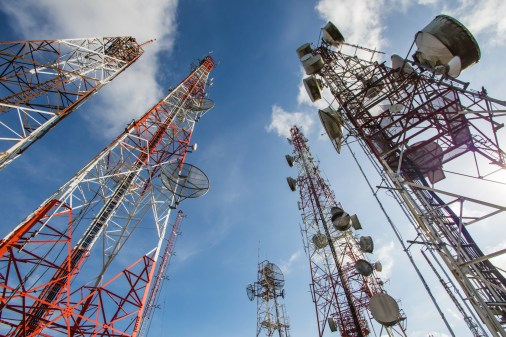GSA gauging which agencies will extend network, telecom services on legacy contracts

The General Services Administration expects most agencies that still haven’t awarded Enterprise Infrastructure Solutions task orders to continue services on expiring contracts another year, said Allen Hill, deputy assistant commissioner of IT Category, Tuesday.
The departments of Defense, Homeland Security and Justice and the Government Accountability Office all had unawarded EIS task orders as of May 26.
GSA invoked the continuity of service (CoS) clause for three legacy enterprise network and telecommunication contracts, giving agencies until Sept. 30, 2022, to sign a memorandum of understanding (MOU) that they’ll either complete their transitions to the $50 billion EIS contract or find another solution by May 31, 2024.
“We don’t know the number yet,” Hill said, during an ACT-IAC event. “But we have had some agencies come back and say they do intend to sign the MOU without a doubt.”
Hill didn’t name those agencies but said GSA is in discussions with them about how it can help, although options are limited at this point in the transition process.
Legacy Networx, local service and Washington Interagency Telecommunications System (WITS) 3 contracts will still expire on May 31, 2023, but GSA hopes invoking the CoS clause will help agencies — which may have experienced pandemic-related supply chain disruptions — avoid future service interruptions.
The next EIS deadline for agencies is Sept. 30, 2022, when 100% of their telecom inventory is expected to be transitioned to EIS. A total of 118 out of 222 agencies met the 90% disconnection deadline of March 31, particularly small ones.
Depending on how an agency is transitioning, the percentage of services disconnected doesn’t necessarily indicate progress, but agencies should be executing work orders so vendors can get started, Hill said.
Several agency officials said the Federal IT Acquisition Reform Act (FITARA) 13.0 scorecard — in which 15 out of 24 agencies received F grades on their EIS transitions — caused their leadership to put more resources toward the effort.
“As soon as you get that bad grade, now all of a sudden: What’s happening?” said David Naugle, senior IT specialist at the Social Security Administration.
SSA leadership began investing in projects holding its EIS transition up, after the agency received a D in that area on the FITARA 13.0 scorecard, and now it’s on pace to migrate the remainder of its services by the end of the fiscal year, Naugle said.
Naugle estimates SSA is saving $80 million a year since it awarded its data network services EIS contract, and savings will increase to 54% once voice services contract work is completed.
The average agency should see around 25% cost savings post-transition, Allen said.
Agencies like the U.S. Department of Agriculture, which will be running two networks a while longer, haven’t realized those savings quite yet.
“We won’t see any avoidance or savings until we get that sorted out,” said Gary Washington, chief information officer of USDA.






